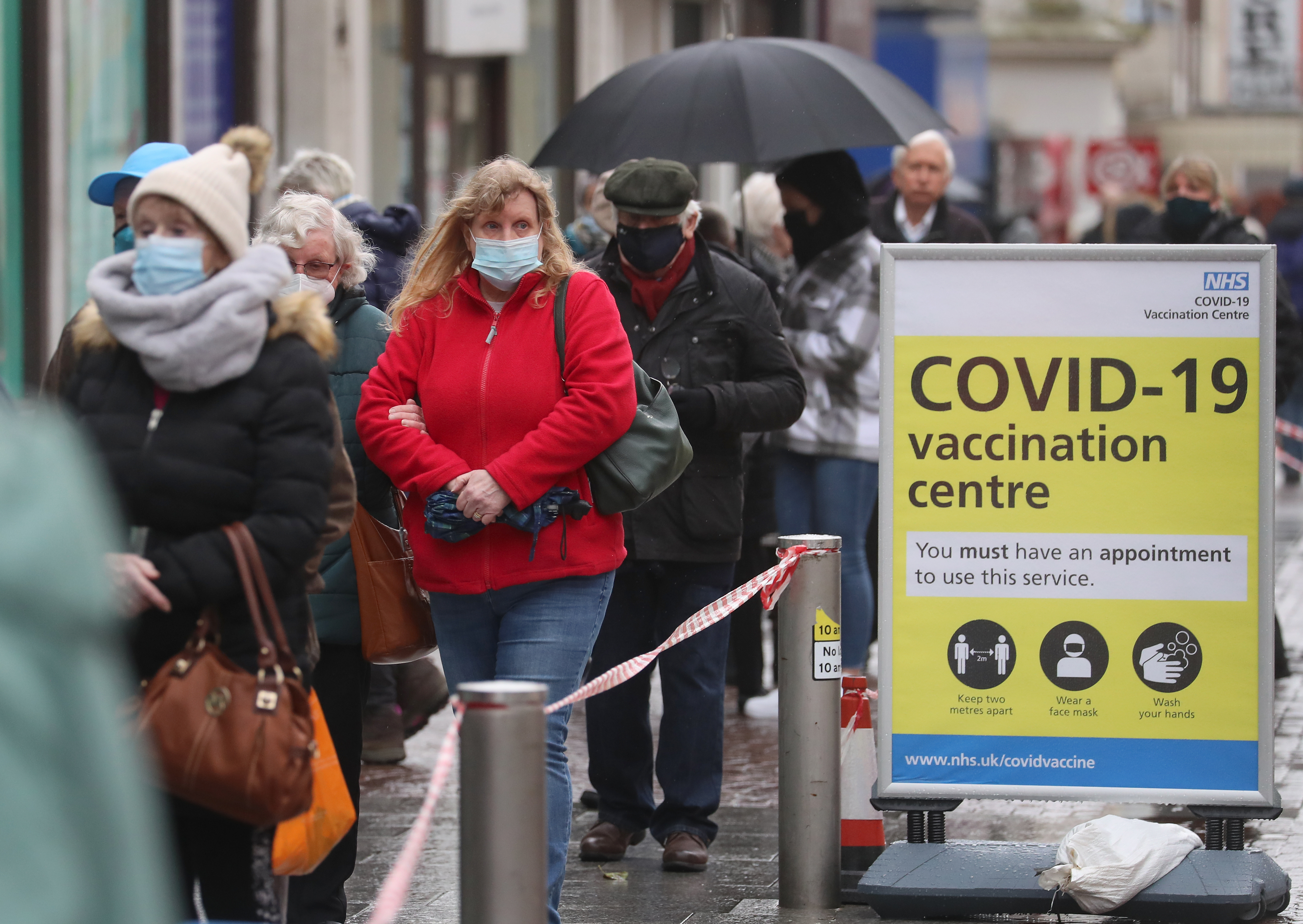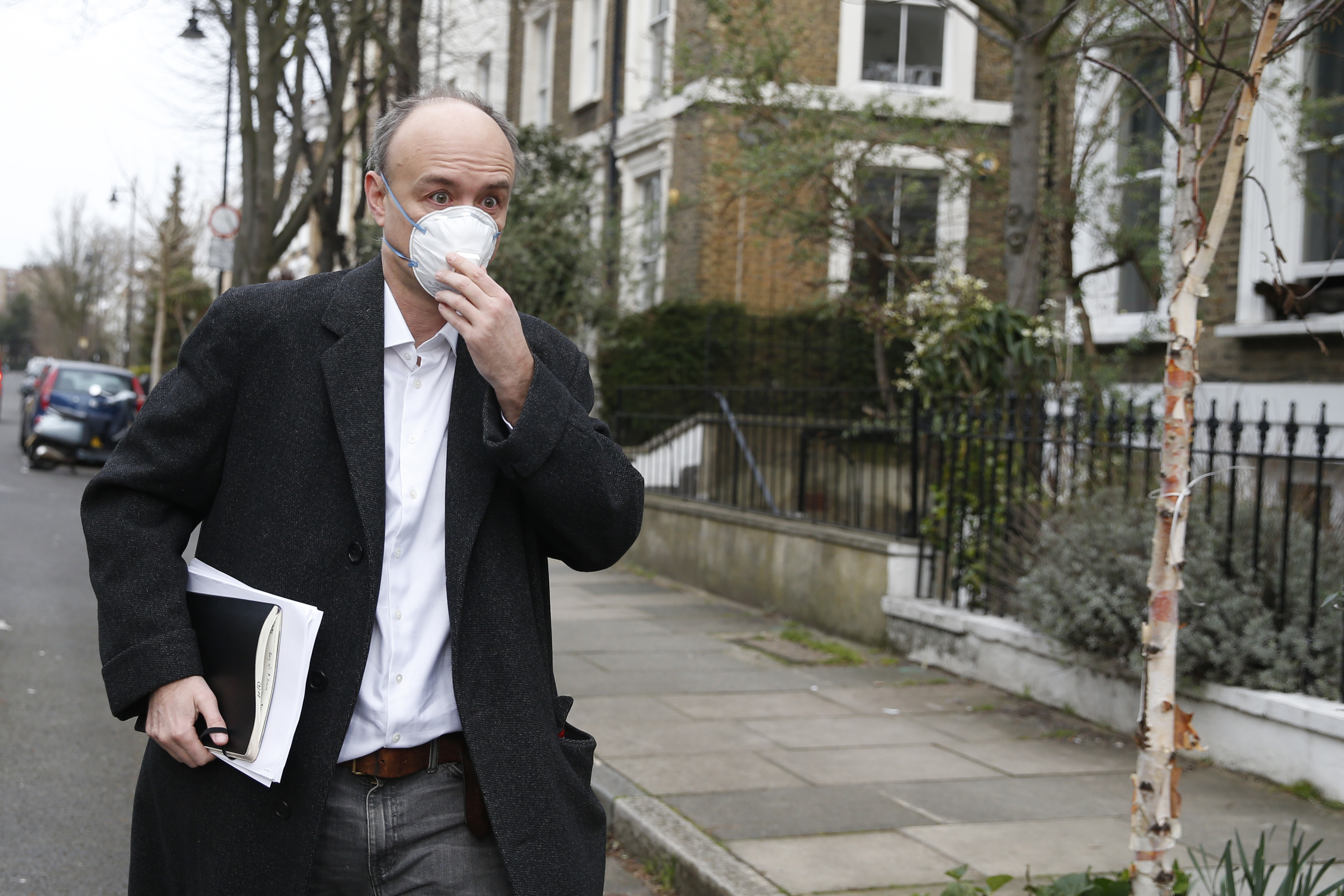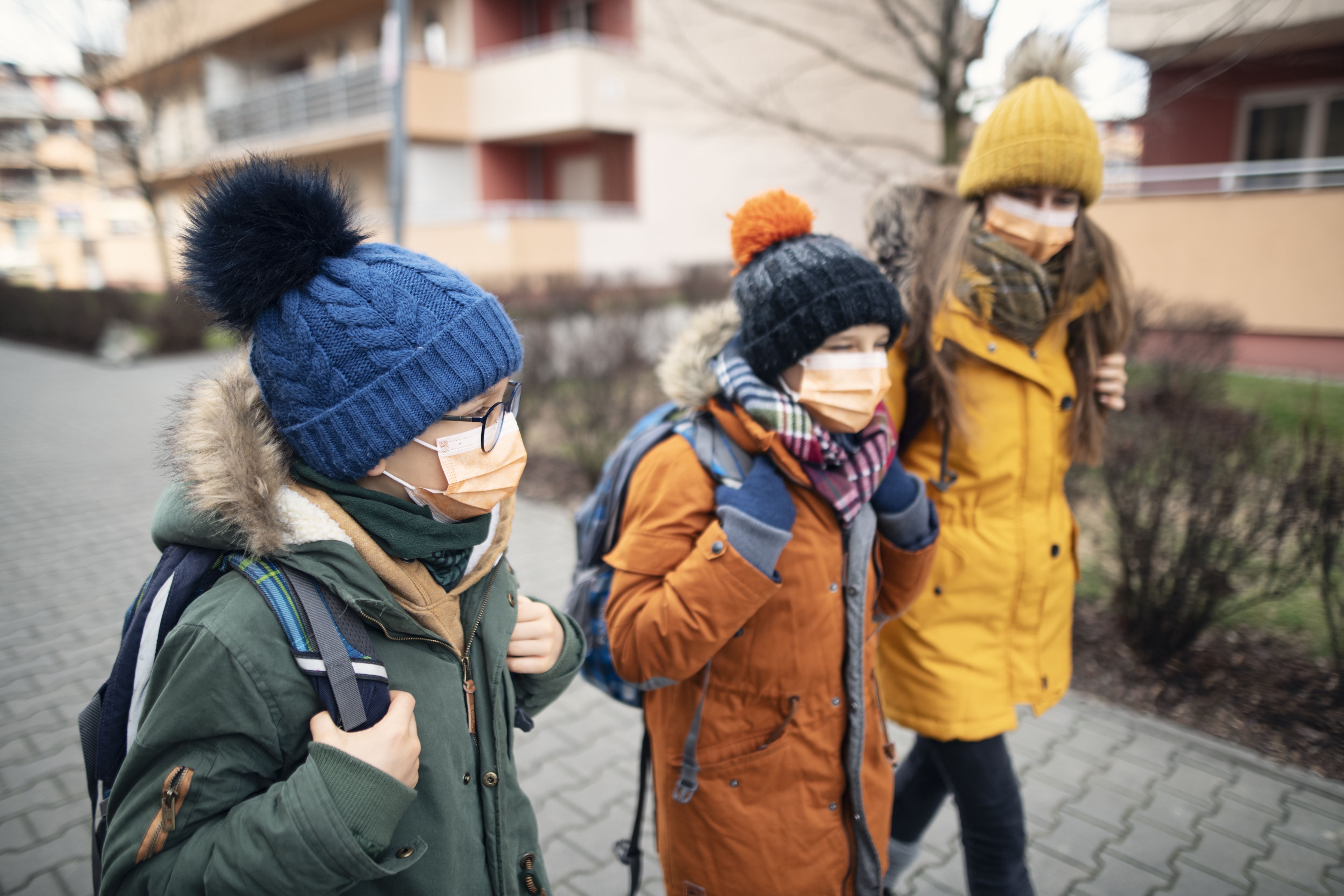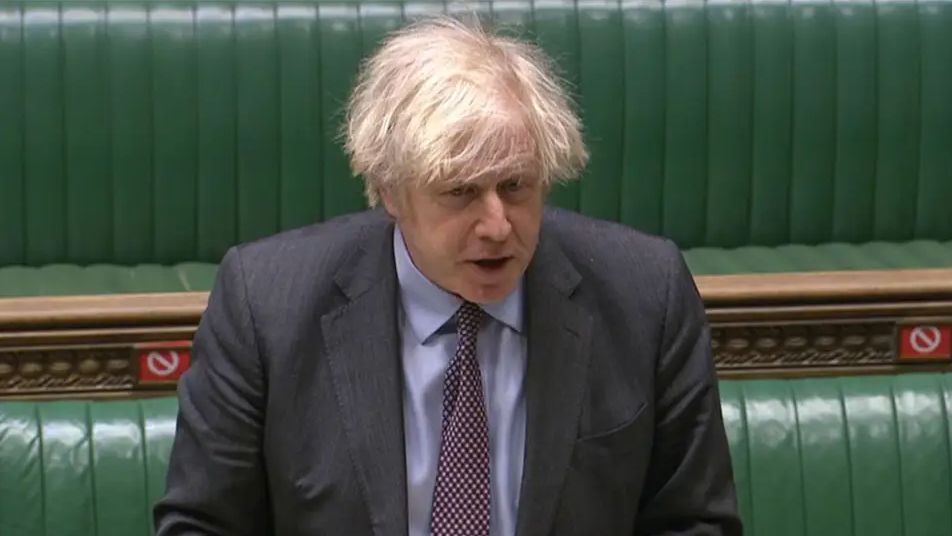Covid cases have risen in 55 of 141 areas in England, the latest NHS data reveals.
After weeks of sustained falls in almost all places across the country, the figures suggest the effects of the third national lockdown are beginning to level out.
The cause of the rise in cases is not clear at present but it should be noted that as levels of the virus are relatively low, only a few cases or a small outbreak are needed to cause the recorded infections to increase.
These are the places where cases have risen. These most recent figures are for the seven-day rolling average up to March 14, and the increase is a comparison with the seven-day rolling average to the previous day.
- Isle of Wight 121% (21.9 cases per 100,000 people)
- Solihull 57% (85.5)
- Southampton 56% (91.5)
- North Lincolnshire 47% (135.2)
- Herefordshire 41% (32.2)
- Havering 39% (43.9)
- North East Lincolnshire 37% (148.5)
- South Gloucester 36% (47.4)
- Cornwall and Isles of Scilly 34% (15.9)
- Bromley 33% (33.7)
- Reading 28% (42.7)
- North Somerset 26% (43.2)
- Oldham 23% (100.8)
- Stockport 23% (99.5)
- Suffolk 23% (37.0)
- West Berkshire 21% (32.2)
- Sheffield 20% (98.5)
- Sunderland 20% (92.9)
- Barnsley 19% (172.6)
- Darlington 18% (123.6)
- North Yorkshire 17% (46.9)
- Kensington and Chelsea 17% (26.3)
- Doncaster 16% (111.6)
- Lincolnshire 15% (82.9)
- Lewisham 15% (25.2)
- Calderdale 15% (104.5)
- Manchester 14% (89.9)
- Haringey 14% (30.2)
- Tameside 14% (118.3)
- Oxfordshire 13% (35.1)
- Leeds 10% (108.2)
- Sutton 8% (45.1)
- Hillingdon 8% (75.9)
- Wigan 8% (103.1)
- Brighton and Hove 7% (30.6)
- Bolton 7% (101.5)
- South Tyneside 3% (72.9)
- Kingston upon Hull 6% (166.3)
- Cambridgeshire 6% (54.3)
- Bournemouth 6% (33.9)
- Norfolk 5% (37.0)
- Surrey 5% (34.7)
- Blackburn with Darwen 4% (112.2)
- Northamptonshire 4% (76.7)
- Halton 4% (58.7)
- East Riding 4% (73.6)
- Islington 3% (25.6)
- Slough 3% (86.3)
- Thurrock 2% (49.9)
- Rochdale 2% (120.0)
- Luton 1% (113.1)
- Lancashire <1% (78.9)
- Wokingham <1% (33.9)
- Bradford <1% (142.5)
- Bexley <1% (29.0)
Looking ahead to the upcoming gradual reopening of society, one scientist told HuffPost UK last month the country still has a long way to go in order to stay on top of the pandemic.
Dr Kit Yates, mathematical biologist at the University of Bath, said: “In terms of having everything opened up and being able to keep on top of cases using Test and Trace, we need to be down to 10 cases per 100,000 people per week.”
“That’s where we need to be if we want to stamp down on outbreaks.”
The government has repeatedly refused to commit to thresholds below which lockdown will be eased, pointing instead to four general tests it will use.
So where are we right now? Although it varies across the country, on average we’re at 56.8 cases per 100,000 people.
Here are the 10 places in England with the highest case numbers.
- Barnsley 172.6 cases per 100,000 people
- Kingston upon Hull 166.3
- North East Lincolnshire 148.5
- Bradford 142.5
- Rotherham 135.6
- North Lincolnshire 135.2
- Peterborough 129.0
- Wakefield 124.9
- Darlington 123.6
- Rochdale 120.0
And on a regional level, nowhere is close to reporting 10 cases per 100,000 people, although number are significantly lower than they were at the beginning of March.
- South-west 30.3 cases per 100,000 people
- South-east 35.6
- London 36.9
- East of England 43.7
- West Midlands 65.3
- North-west 73.8
- East Midlands 76.1
- North-east 76.3
- Yorkshire and The Humber 107.9

Elsewhere, anyone over 50 can now book an appointment for a Covid vaccine in England without waiting for an invite.
An update on the NHS England website now lists the age group as one of the eligibility criteria for receiving a jab.
You do not need to wait to be contacted if any of the following apply:
- you are 50 or over
- you are at high risk from coronavirus (clinically extremely vulnerable)
- you are an eligible frontline health or social care worker
- you have a condition that puts you at higher risk (clinically vulnerable)
- you have a learning disability
- you are a main carer for someone at high risk from coronavirus
It comes as an expert from the UK’s vaccination committee said people across Europe will die from Covid-19 as a direct consequence of the decision to halt rollout of the AstraZeneca vaccine.
Professor Jeremy Brown said the move by more than a dozen European countries to suspend the vaccine over blood clot fears was “not sensible” and was “not logical”.
Prof Brown, a consultant in respiratory medicine and member of the Joint Committee on Vaccination and Immunisation (JCVI), said he was worried the decision could drive up the number of people who are hesitant about booking their vaccine.
His comments come after health experts told HuffPost UK that hesitancy arising in the UK as a result of Europe’s stance could even delay “unlockdown”.




